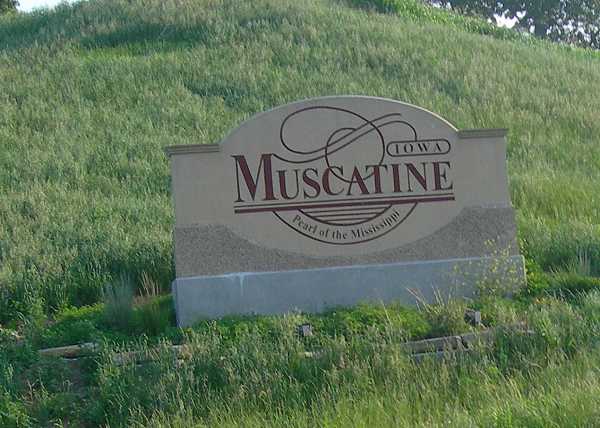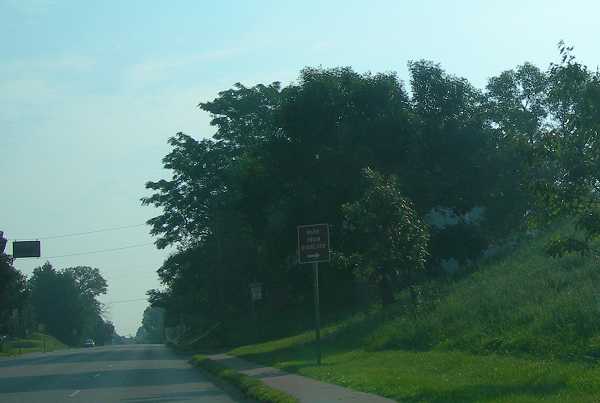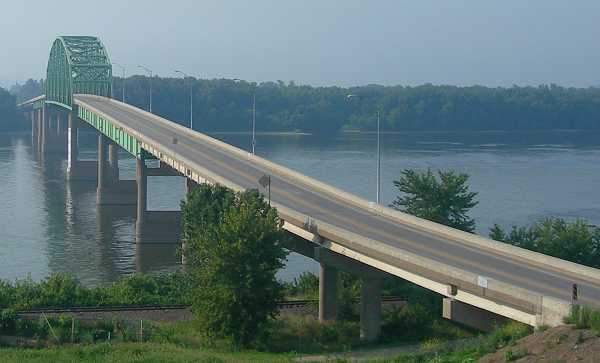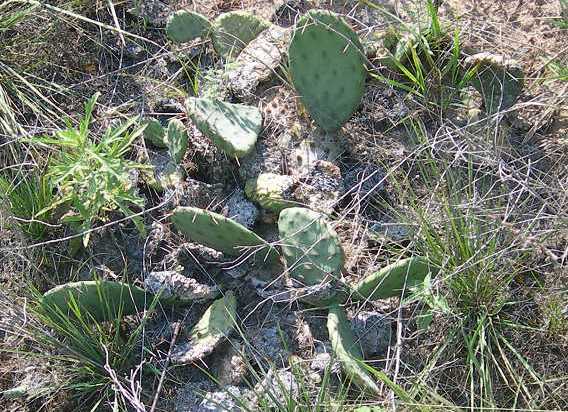










|
Muscatine, seat of Muscatine County, first came into existence in the summer of 1833 when Col. George Davenport of Rock Island, Illinois, sent three representatives into the territory to set up a trading post. That same year, James W. Casey and John Vanatta stopped at the outpost. Here Casey’s “woodpile” stocked the steamboats providing access to the frontier, opened June 1, 1833, by the Blackhawk Purchase, and gave the settlement its first name of “Casey’s Woodpile”. In May 1836, a surveyor was engaged to survey a town and when the first plat was made, the name of Newburg was given to the town, which was soon discarded and changed to Bloomington. The population then was 71. The first public land sale was held in Burlington in November of 1838 and Muscatine County reserved the quarter section on which the courthouse stands paying the Federal Government $1.25 per acre. On December 24, 1839, the commissioners met to receive bids for the construction of the first courthouse. After examination and investigation of seven proposals, the contract was awarded to William Brownwell and William Hassinger. The size of the building was to be 50 X 60 feet with a 10-foot wide portico across the end. The walls were to be 30 feet in height from platform to wall plate. The height of the ceiling was to be 12 feet on the lower floor and 16 feet 9 inches on the court room floor. The foundation of the courthouse was to be of hammered stone, outside walls of brick, thickness of walls twenty inches. The original contract price of the building was $11,500, which was materially increased before the building was entirely completed. The contract called for the completion of structure on or before September 1, 1841. The town referred to as Bloomington was originally incorporated in 1839, but the name led to confusion. Frequent miscarriages of letters by mail occurred because there were towns of the same name in Illinois, Kentucky, Missouri and Indiana. Also, postmasters for Bloomington sometimes mistook Burlington. On June 7, 1849, the town’s name was changed from Bloomington to Muscatine. The name of Muscatine is of Indian origin, derived from the Mascoutin Indians, a war-like tribe, who had been driven westward across the Mississippi and settled on a large sandy bottomland encircled by a slough just south of the present site of the city. This area is now known as the Muscatine Island. The name Muscatine is unique in that it is not used by any other city in the United States, or so far as known in the world. |












